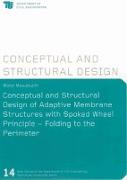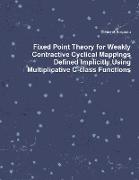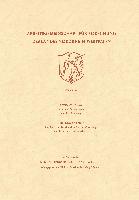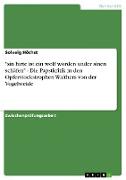- Start
- Conceptual and Structural Design of Adaptive Membrane Structures with Spoked Wheel Principle - Folding to the Perimeter
Conceptual and Structural Design of Adaptive Membrane Structures with Spoked Wheel Principle - Folding to the Perimeter
Angebote / Angebote:
Functionally-adaptive structures are increasingly being demanded by infrastructure owners, who need to utilize space for multiple purposes, optimally. Convertible roofs fall under this category, for example, an event space with a retractable roof could be used for sports games in an open condition and for music concerts in the closed condition.
To date, several membrane retractable roofs combined with a spoked-wheel structure have been designed and constructed. The advantage of this combination is that the light weight and flexibility of the membrane allows it to be moved and positioned easily, while the spoked wheel structure -similar in construction to a bicycle wheel- provides a lightweight support system for the membrane. Thus large areas can be covered with a relatively small amount of material. Furthermore, since their profiles are small, large transparency in the overall appearance can be obtained.
Most of the membrane retractable roofs with spoked-wheel structure store the folded membrane in the center, when the roof is open. A bundle of folded membrane remains in the center of the roof, which is not favorable, for instance, for broadcasting, the bundle casts a shadow in the playing field. There are also aesthetic considerations in leaving this membrane at the centre. However, if the textile membrane can be folded to the perimeter of the roof, these problems would be solved. There will be no shadows on the field and moreover this creates a free opening. This is the basic motivation of the current research.
Any proposed solution has to deal with two aspects: first, there is a geometrical issue, and second, a structural question concerning the prestressing of the membrane. The geometrical issue presents an inconsistency between the required shape of the membrane and the radial cable. Amongst several approaches to overcome these problems, two practical geometrical solutions have been developed.
In the first approach, the membrane strips are shaped so that the radial cables are aligned straight in space. Generally, the structural behavior of the membrane is related to its geometry. Therefore, the main challenge in this approach is how to obtain the doubly curved structural form of the membrane that can also satisfy the condition of the foldability. The proposed solution here is to change the boundary condition of the membrane to an intermediate state between prestressed and non-prestressed. This geometrical alternation could be achieved by the vertical movement of the entire compression ring. This 'raised compression ring' method is developed and discussed as the 'case study A'. In addition to the structural analysis, the feasibility of this method was checked through the physical model that the author built in the laboratory of TU-Berlin in Germany.
For the second approach, the radial cables are curved, thus rectangular membrane strips can be used. The main challenge of this approach is how to introduce the prestressing force uniformly in the textile membrane. The solution is to lift the cable girders along with the textile membrane. One advantage of this mechanism is that a minor shift of the anchor point of the upper cable efficiently causes a major lift of the whole structure. The kinematic behavior of the cable girders was revealed through an exhaustive parameter study. Then, these analytical results were transferred to the prestressing system of a retractable membrane roof.
Libri-Titel folgt in ca. 2 Arbeitstagen




